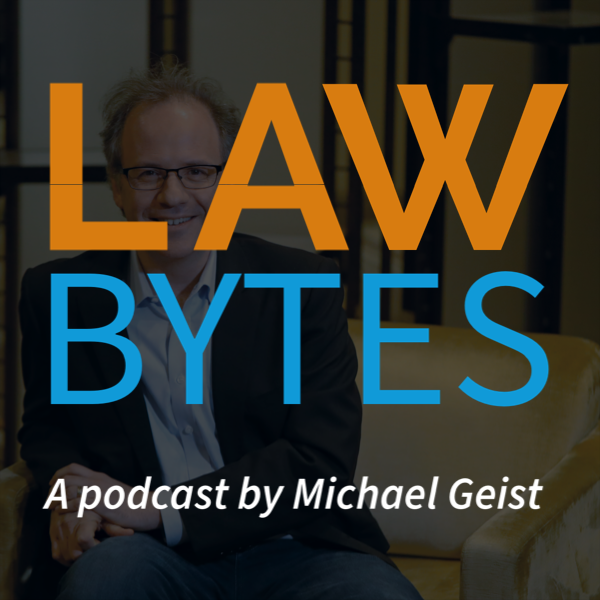Later today, the government will table Bill C-11, the latest iteration of the Canadian copyright reform bill that mirrors the previous Bill C-32. It was widely reported this fall that the government would reintroduce the previous bill unchanged, re-start committee hearings where they left off in March (with prior witnesses not asked to return), and move to quickly get the bill passed by the end of the calendar year. That seems to be what is happening with today’s tabling and a new legislative committee to follow.
Assuming it is the same bill, the government’s talking points remain relevant as does its clause-by-clause analysis, both of which I obtained under Access to Information. From “Radical Extremism” to “Balanced Copyright”: Canadian Copyright and the Digital Agenda, the book that I edited on Bill C-32 that includes contributions from 19 leading copyright experts from across Canada, is still useful and is available from Irwin Law in paper or as a Creative Commons licensed download. For those looking for background information on key elements of the bill, there is my initial analysis, a five-part series on the C-32’s digital lock provisions in a single PDF, a lengthy post on C-32’s fair dealing reforms, data on the effectiveness of the ISP provisions, and a post that puts statutory damages into perspective.
When Bill C-32 was introduced in June 2010, I described it as “flawed but fixable”, noting that there was a lot to like in the bill but that the digital lock provisions constituted a glaring problem that undermined much of the attempt to strike a balance. Months later, those remain my views. The bill has some good provisions, but the unwillingness to budge on digital locks – even as the U.S. has created new exceptions – is easily its biggest flaw.







